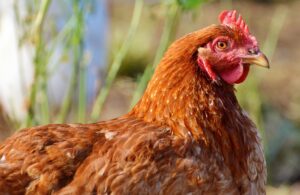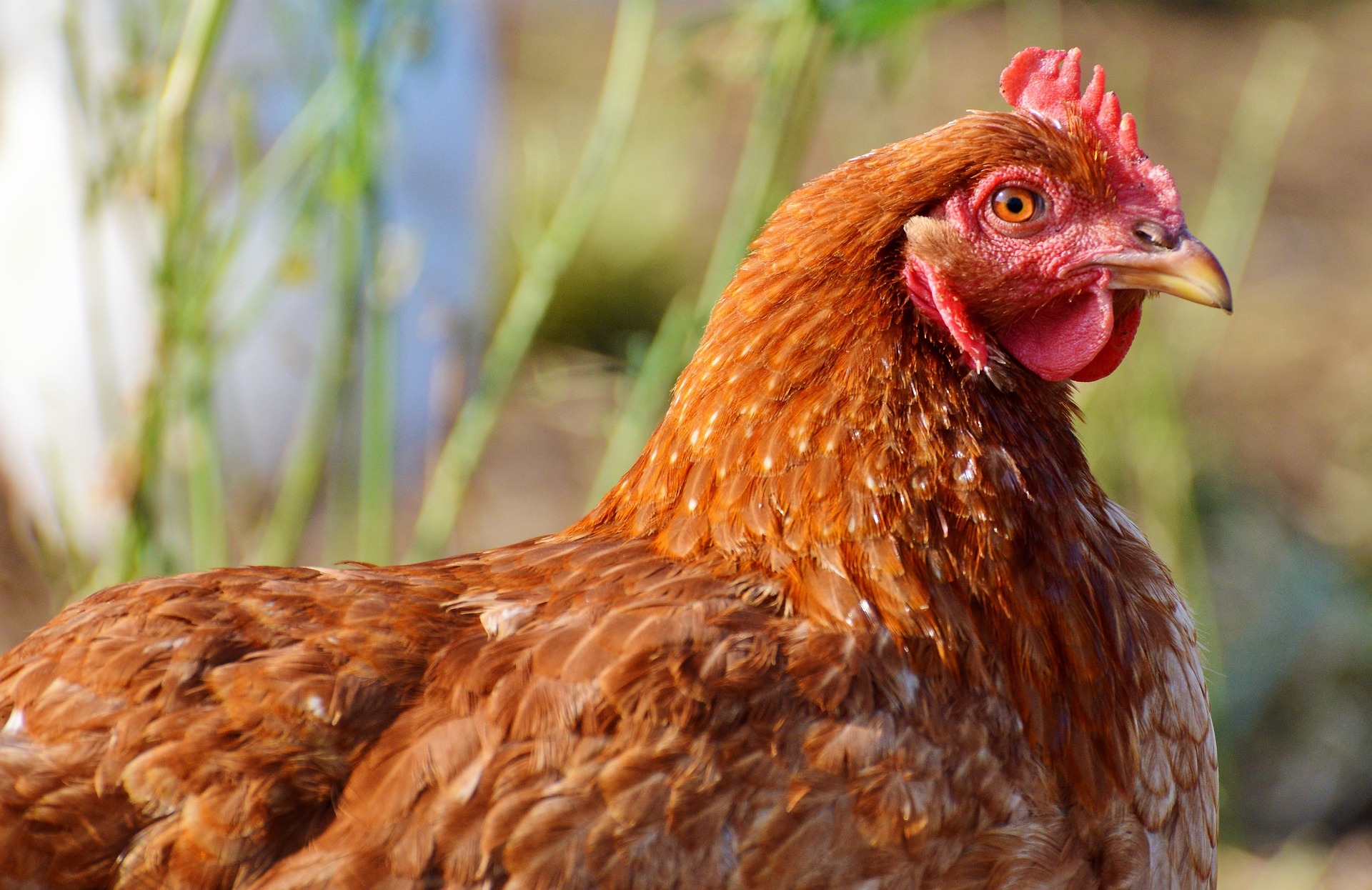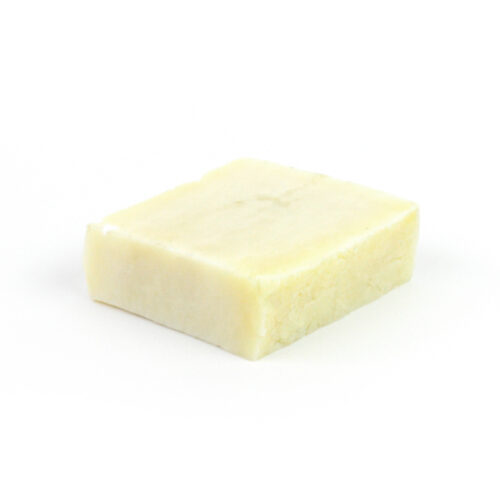November was an interesting month as we worked out the teething issues of adding pasture-raised eggs from our chickens to the business mix.Setting aside the logistical nightmare that was transporting the 600-perch chicken caravan from it’s previous home to ours, and catching and transporting 150 chickens with limited livestock crates, the learning curve of progressing from domestic flock numbers to a commercial flock was steeper than I anticipated.
Our chickens are Isa Browns, which is a standard commercial breed for egg production. Like all chickens, they lay an egg roughly every 21 hours provided that they have enough protein in their diet. So when our egg production dropped from ~1o5 eggs per day to just 60, we couldn’t put it all down to the stress of the move.


Most chickens are very good at foraging given an example to follow and space to do so. As our chickens have had access to pasture from fledging (when their adult feathers come in), they are excellent foragers. However, the protein supplied by the insects of the paddock is not sufficient to support the chickens’ health and egg production alone. From their arrival at Apulia Grove, we have been supplementing their diet with a grain mix.

The AussieFeeders trailer that holds the grain for the chickens.
The initial feed stock supplement we chose has the grains grown and mixed at a local animal feed business only 20 minutes drive from our farm. As our business ethos is very much based on local supply chains, supporting other local businesses and keeping food miles to a minimum, this seemed like a match made in heaven. Unfortunately, the grain mix they provide supplies only a 15.5% protein content, which was insufficient to our chickens’ needs.
We did see a few chickens succumb to egg binding in the first week as the protein content of their diet stopped them from effectively keeping to their laying schedule. We knew we had to do something about both the drop in chicken health and egg production, even as we were slightly relieved to get a little fridge space back for storing the eggs. A quick phonecall to the chickens’ previous home gave us a different brand of supplementary feed, and we were able to find a local rural merchandise business that had some in stock. I’m pleased to report that the average egg production is climbing back to where it was when the chickens first arrived at around 100 eggs per day. The replacement feed has a protein level of 17%.
While we were sorting out the protein levels of their diet, we were also trying to find places to sell the eggs that were rapidly accumulating in the spare fridge. Luckily, through our extra virgin olive oil sales connections, we have access to a local bulk food supply hub/community pantry at the Old Church on the Hill in Bendigo. They were happy to purchase on a regular basis. They also host a Food is Free/Second Bite program on Friday mornings which meant we could donate a few dozen cartons to increase our storage space and the eggs didn’t go to waste. I’m pleased to report that we’ve now secured supply to some local businesses including Silver Spoon Estate, Forage Bendigo and Chauncy in Heathcote. You can also purchase our eggs online through the Apulia Grove Shop.



Leave A Comment